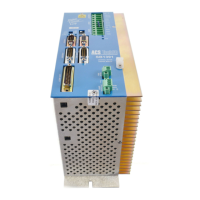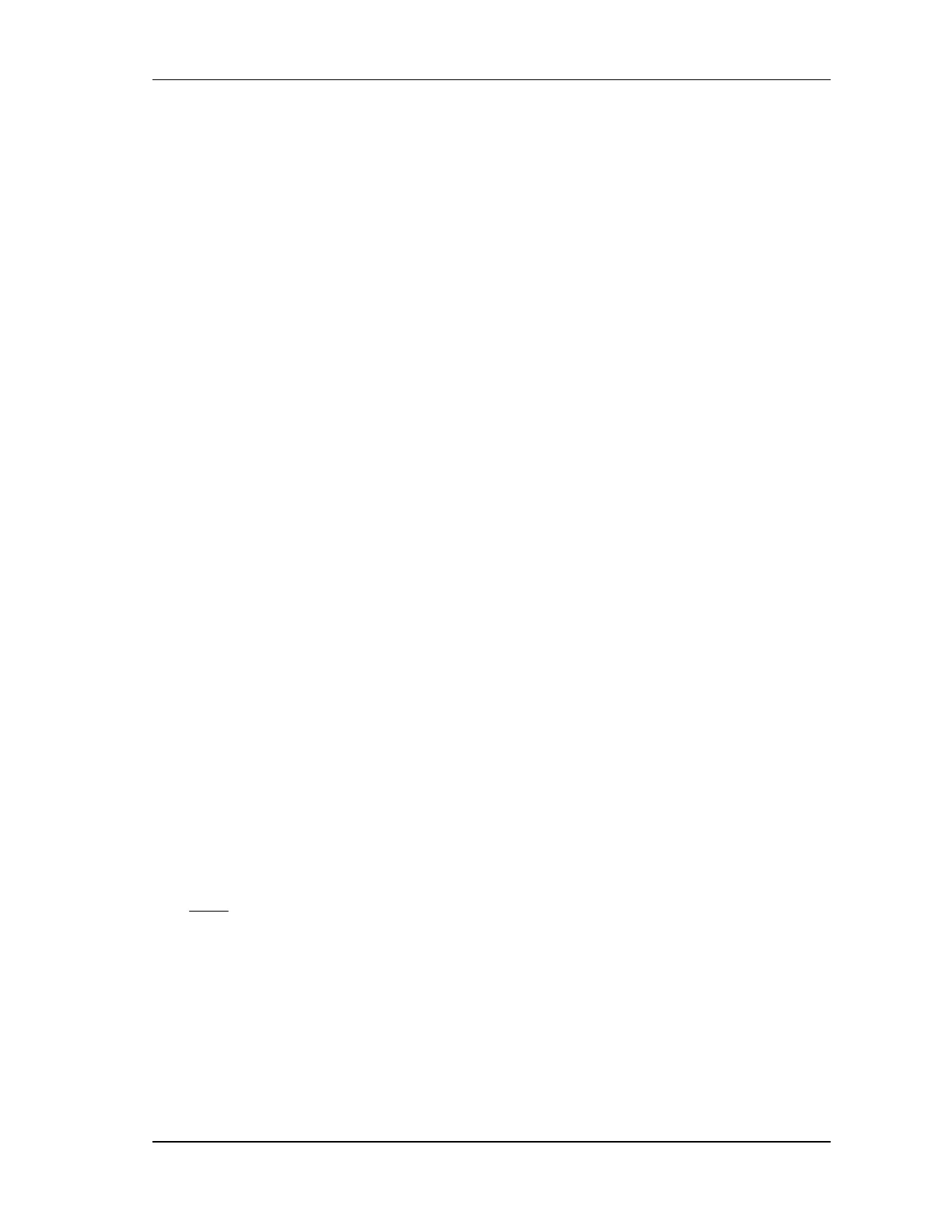TUNING THE CONTROL LOOPS 6-15
SB1391 Hardware and Setup Guide - Document revision no. 1.14
The number of poles is incorrect.
♦ 1. Open the current position display either by opening step 4, Feedback
verification or by opening the View menu and clicking Current Position. Turn the motor
manually until the Hall reading (HA) is 0.
♦ 2. Manually rotate the motor slowly one complete turn, while monitoring the Hall
reading value.
♦ 3. For each pair of poles, the Hall should count one complete cycle (0,1,2,3,4,5).
For example, for 3 complete Hall cycles, the number of poles is 6 (NP=6), for 2 complete
cycles, NP=4, etc.
When the motor is enabled after power up or after a HWRES command, it jumps. Rotating
the motor once before enabling it seems to prevent the problem.
The cause of the problem is most likely that either the control unit is not reading the Hall sensors
properly or the Hall counter is not counting in the same direction as the encoder.
♦ 1. While slowly rotating the motor manually, report the value of CP (RXCP<cr>).
If it counts down, that is the negative direction. Rotate the motor in the positive direction
(counts up).
♦ 2. While rotating the motor in the positive direction, monitor the reading of the Hall
counter (RXHA<cr>). It should repeatedly count from zero to five, i.e., 0, 1, 2, 3, 4, 5, 0,
1, 2, 3 . . .
If it does not follow this pattern, it is an indication that there is a fault in the Hall device or
in the connection to the unit.
6.5. Velocity Loop
The velocity control algorithm consists of the following:
• Low pass filter
• Proportional-integral (PI) filter with friction compensation
6.5.1. Velocity Low Pass Filter
The low pass filter is a second order filter with damping factor of 0.7 and a bandwidth
ω
ωω
ω
n
[rad/sec]:
Fn =
Hz
n
6.28
ω
The default bandwidth value for the low pass filter is 637 Hz (4,000 rad/sec). For a system with
high inertia and low resonance, it is useful to set the low pass filter to a frequency between 100
Hz and 500 Hz.
The filter is implemented using the following parameters: D23, D24, and D25.
T
s
= 0.00005 [second](sampling time)
F
n
- Filter bandwidth (Hz)

